The Gladstone Energy and Ammonia Project, known as GEAP bills itself as “Australia’s largest and most advanced clean hydrogen production project”, and today, its owner, Australian Future Energy (AFE), announced it has signed an MoU with Japanese general trading company Itochu Corporation to explore potential for Itochu to invest in GEAP, to market GEAP product, and also to integrate renewable energy into GEAP’s production.
The MOU brings GEAP a significant step closer to producing the equivalent of 91,000 tonnes of hydrogen, in the form of 230,000 tonnes of ammonia and 14 petajoules of synthetic natural gas per annum, from a coal-gasification process that captures CO2 for use in the food industry.
The $1 billion undertaking has been designated a Coordinated Project by the Queensland Government, meaning the state’s Coordinator General is overseeing its Environmental Impact Assessment.
This status is typically accorded to large, complex infrastructure projects that “have economic significance but also the potential for significant environmental impacts”, the independent Environmental Defenders Office explains on its website.
GEAP will initially offer “blue hydrogen” at a cost of US$1.50 per kilo (or AU$2 at today’s exchange rate) and its other outputs for local consumption.
It expects to employ around 1,000 workers during its construction phase, and 200 in ongoing operations.
AFE CEO, Kerry Parker says its emissions will amount to 25,000 tonnes per annum, or the equivalent greenhouse gas output of almost 3,600 average Australian households.
The GEAP plant, using US company Synthesis Energy Systems’ (SES) technology, will operate from a 129-hectare site just outside Gladstone where it will be integrated with adjacent gas, fertiliser, explosives, power and water infrastructure.
Helping to scale up green hydrogen
It’s also positioned within the designated Queensland Government preferred industrial site to facilitate third-party green hydrogen production, R&D and demonstration projects.
Parker told pv magazine Australia today that GEAP, “can play a significant role as a real enabler for a number of small green hydrogen projects in the Gladstone region”, which he says are looking to produce between 500 and 5,000 tonnes per annum.
He explained, “as part of our plant design, we’ve got capacity to be able to take production from those smaller projects into our ammonia works, providing them with a natural offtaker.”
He says future expansion of the GEAP could continue to be integrated with the scaling up of green hydrogen projects in the region.
GEAP’s proven commercialised technology (SES has at least five plants successfully operational in Asia) working at scale, access to infrastructure, and now budding access to overseas markets via Itochu expertise, “can provide great assistance and great value to the green hydrogen projects around Gladstone”, says Parker.
AFE ambitions built on capability
The CEO has a wealth of experience as Chief Financial Officer for companies mining metals in Australia and Africa, and with gas companies such as Santos and Arrow Energy; and has for the past four years been working to get GEAP up and running as a flagship project for AFE.
The company has two other infrastructure-connected projects at much less advanced stages of development: the Surat Basin Hydrogen Hub, and a third blue-hydrogen plant 230 kilometres south west of Townsville.
Parker expects GEAP to have negotiated its Environmental Impact Statement, and reach final investment decision by late 2022; building of the plant will take around two years, which would have it operational at the end of 2024.
There are clearly pluses for Gladstone’s green hydrogen producers in partnering with this first AFE project, having access to its expertise, and plugging into its infrastructure; and clearly minuses in terms of emissions — not only from the plant operations, but from the burning of the generated syngas.
AFE has no plans to transition its plant, which has an expected lifetime of 30-plus years, to green hydrogen production but, Parker says, “we see future expansions at the plant coming through bolt-on green hydrogen modules, once that technology becomes more mature and gets to a cost of production that industry and consumers can sustain.”
A federal government with clear emissions goals might be more capable of truly integrating Australian expertise, resources and capability towards positive outcomes for both the nascent green hydrogen industry, the Australian economy, and its emissions balance sheet.
This content is protected by copyright and may not be reused. If you want to cooperate with us and would like to reuse some of our content, please contact: editors@pv-magazine.com.
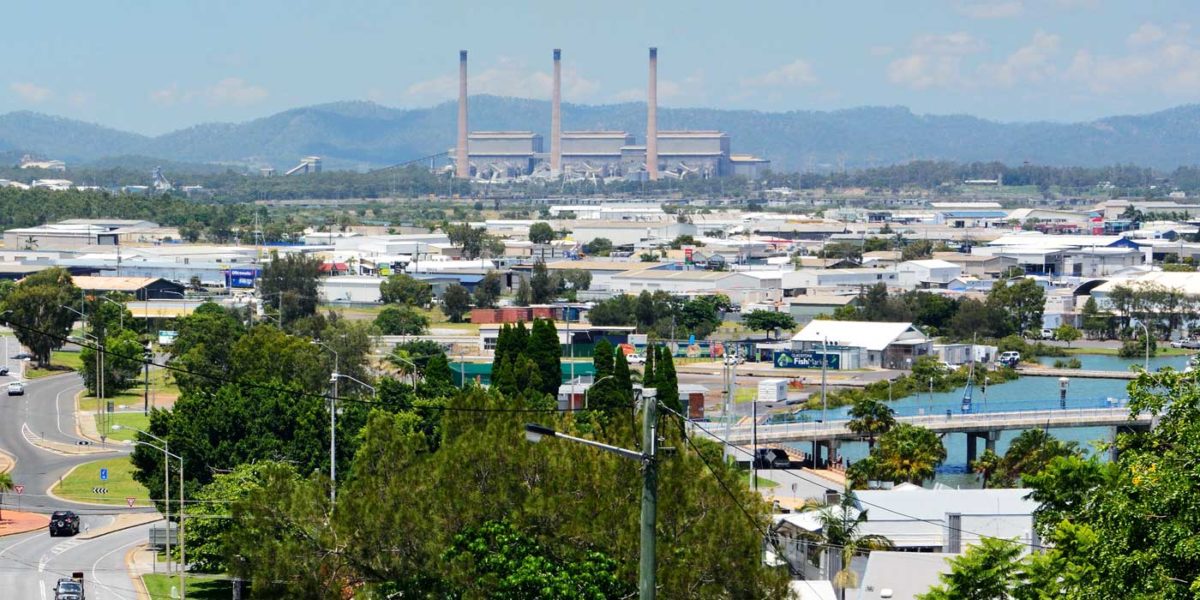



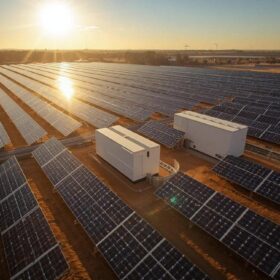
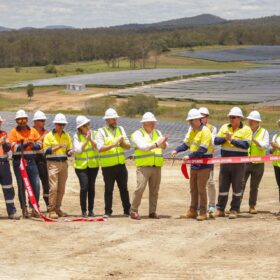
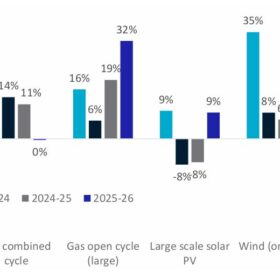

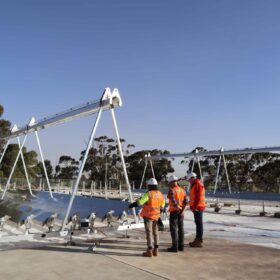
Greetings, Usually I never comment on blogs but your article is so convincing that I never stop myself to say something about it. You’re doing a great job, Keep it up. You can check out this article, might be of help 🙂
This is confusing. They are planning to build a plant to make fossil fuel hydrogen and hence pollute the plant with 25000 tonnes of GHG. In return for being allowed to operate this polluting monster they promise they will somehow promote their opposition who are attempting to manufacture and sell a more expensive product called Green Hydrogen???? Why would we believe that they will provide a conduit for the opposition product at a competitive price? Why would we expect them to be able to fund such a promise in 10 or 20 years time?
Why do we want another dangerously polluting CO2/hydrogen plant in Australia? In addition to the dirty hydrogen plant being built in Victoria.
Whose money is at risk if the world community says “Hold. enough. Get rid of these fossil fuel based hydrogen plants OR we will impose trade sanctions on Australian iron ore or Australian lithium and especially Australian Green hydrogen “